Serratus posterior superior muscle, illustration Stock Image F025/7282 Science Photo Library
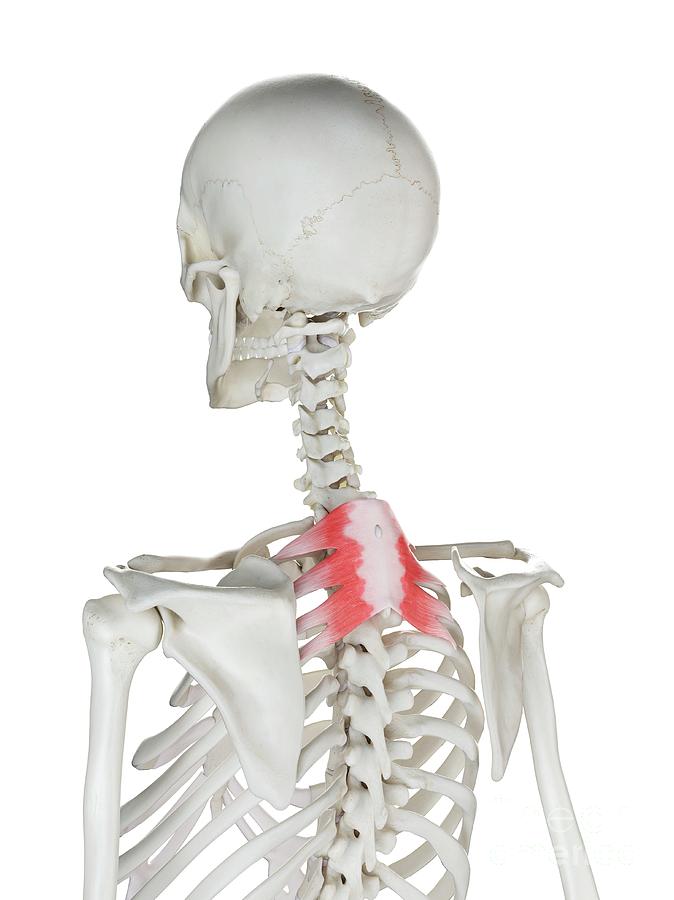
Serratus Posterior Superior Muscle Photograph by Sebastian Kaulitzki/science Photo Library
The serratus posterior superior muscle is a thin, quadrilateral muscle of the posterior thorax. It extends from the vertebrae to the ribs and aids in deep inspiration. Summary origin: ligamentum nuchae, spinous processes of C7-T3 and supraspinous ligament insertion: superior border of 2 nd to 5 th ribs innervation: 2 nd to 5 th intercostal nerves

Serratus Posterior Superior Exercises Improve Your Breathing
The serratus posterior superior and inferior muscles are generally considered clinically insignificant muscles that, based on attachments, probably function in respiration. Interestingly, however, there is no evidence supporting a respiratory role for these muscles. In fact, some electromyographic data refute a respiratory function.
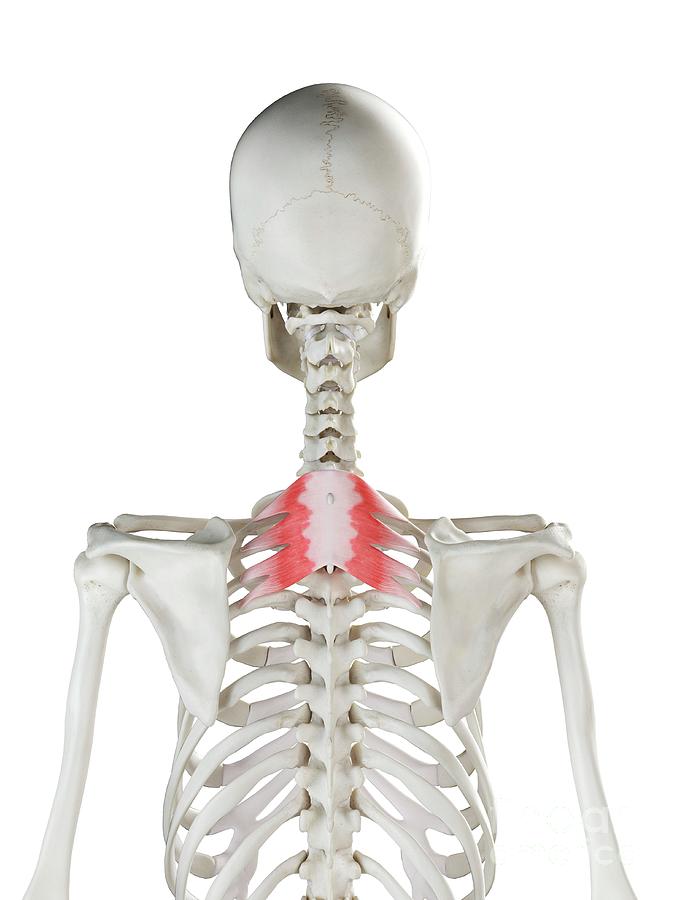
Serratus Posterior Superior Muscle Photograph by Sebastian Kaulitzki/science Photo Library Pixels
The serratus posterior superior attaches from the spinous processes of C7-T3 to ribs 2-5. The serratus posterior superior elevates ribs 2-5 at the sternocostal and costospinal joints. There are two posterior serratus muscles: serratus posterior superior and serratus posterior inferior. There is one anterior serratus muscle: serratus anterior.

Serratus posterior superior muscle, illustration Stock Image F029/7086 Science Photo Library
The serratus posterior superior and inferior muscles are generally considered clinically insignificant muscles that, based on attachments, probably function in respiration. Interestingly, however, there is no evidence supporting a respiratory role for these muscles. In fact, some electromyographic d.
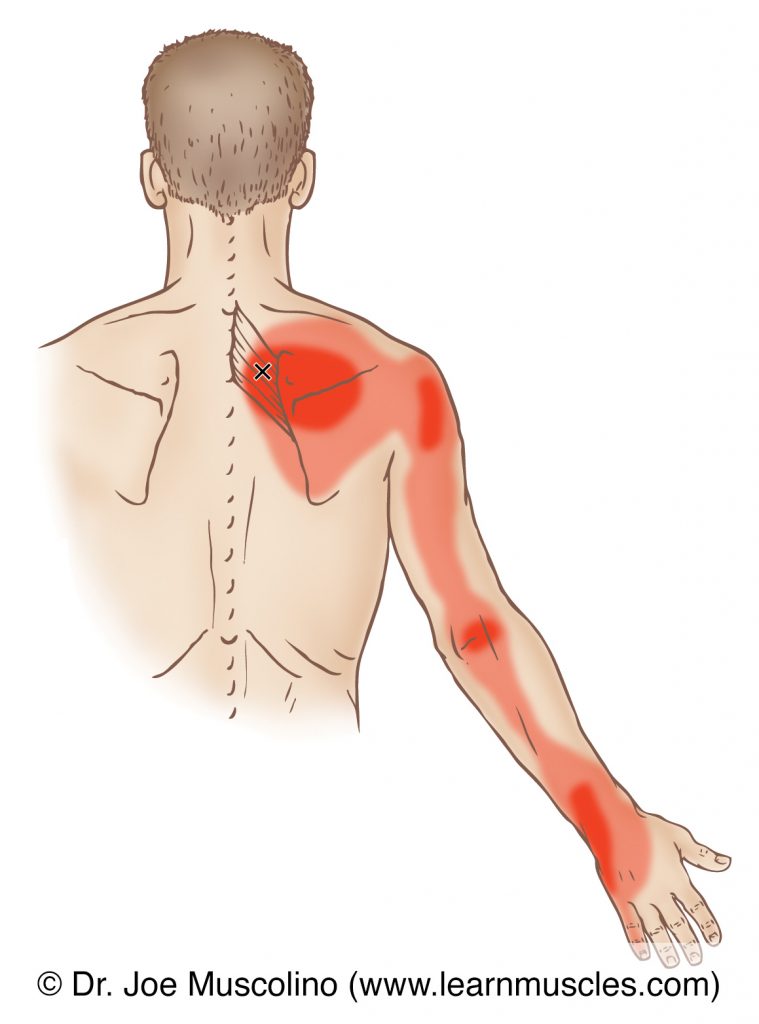
Serratus Posterior Superior Trigger Points Learn Muscles
The SPS is a fan shaped muscle in the upper back and neck that doesn't get a lot of mention in bodywork and movement circles because it lies beneath its bigger, noisier friends, trapezius and rhomboids. But this little muscle is no less important than those two loud-mouths because its job is to elevate the ribcage during inhalation!
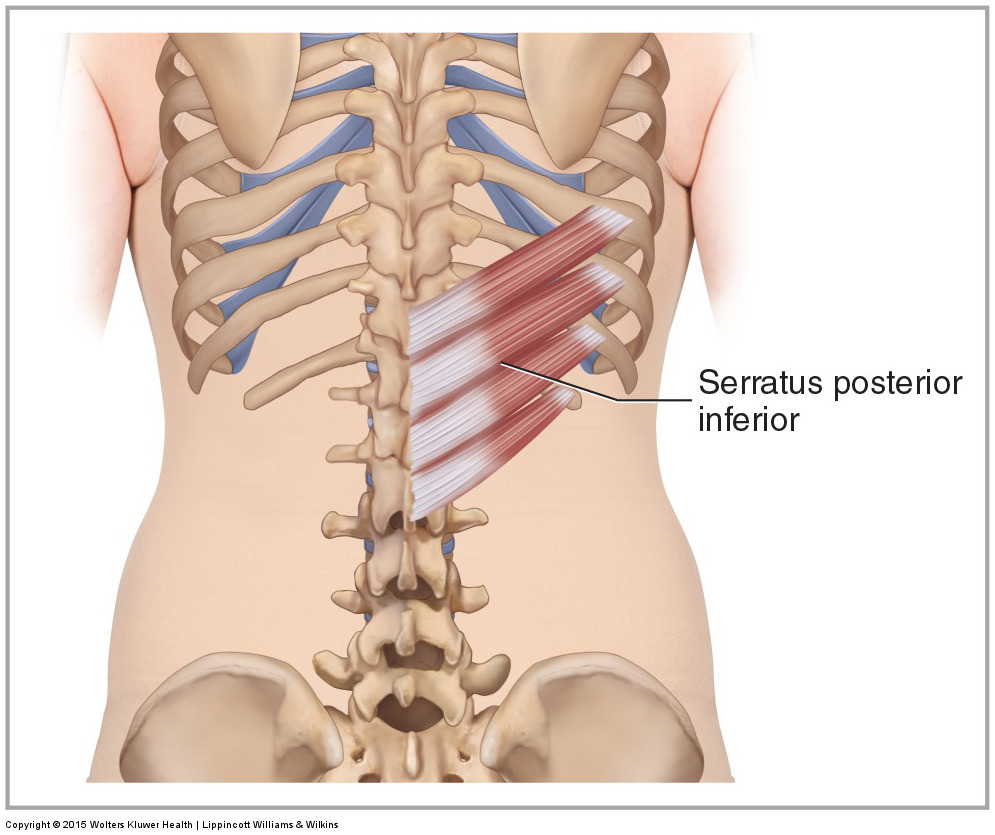
Muscles of the Lumbar Spine of the Trunk
The Serratus posterior superior (Serratus posticus superior) is a thin, quadrilateral muscle, situated at the upper and back part of the thorax. It arises by a thin and broad aponeurosis from the lower part of the ligamentum nuchae, from the spinous processes of the seventh cervical and upper two or three thoracic vertebrae and from the supraspinal ligament.
:background_color(FFFFFF):format(jpeg)/images/article/de/musculi-serrati-posteriores/jgnbIzKQE6Uyzd1ewE9zA_M._serratus_posterior_superior.png)
M. serratus posterior superior und inferior Anatomie Kenhub
2. Attachment Points. The serratus posterior superior originates at the cervical and thoracic spine and attaches at the ribs under the shoulder blade. The X1 displays a common area for tender and trigger points to develop. 3. Function. It lifts the ribs and assists the diaphragm in breathing. It is easy as that.
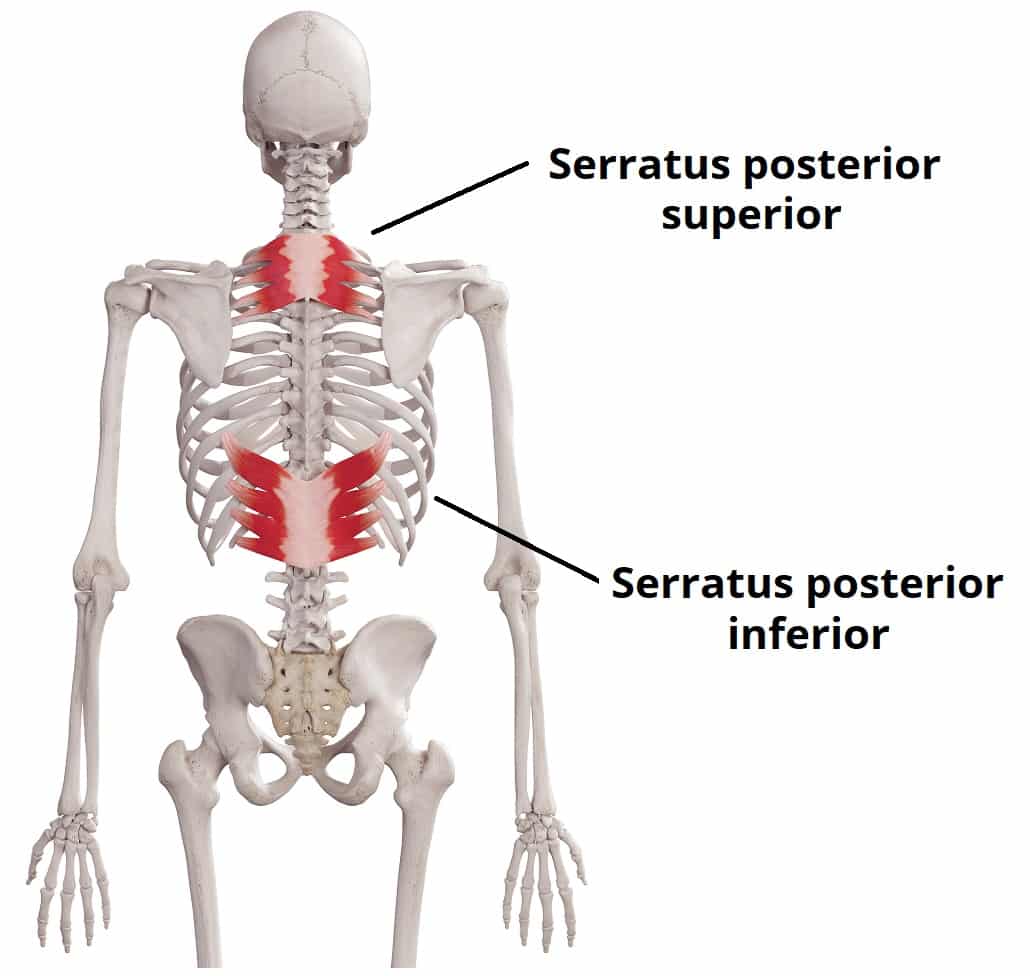
Serratus Posterior Superior Actions Attachments TeachMeAnatomy
The muscles of the back are a group of strong, paired muscles that lie on the posterior aspect of the trunk. They provide movements of the spine, stability to the trunk, as well as the coordination between the movements of the limbs and trunk. The back muscles are divided into two large groups:
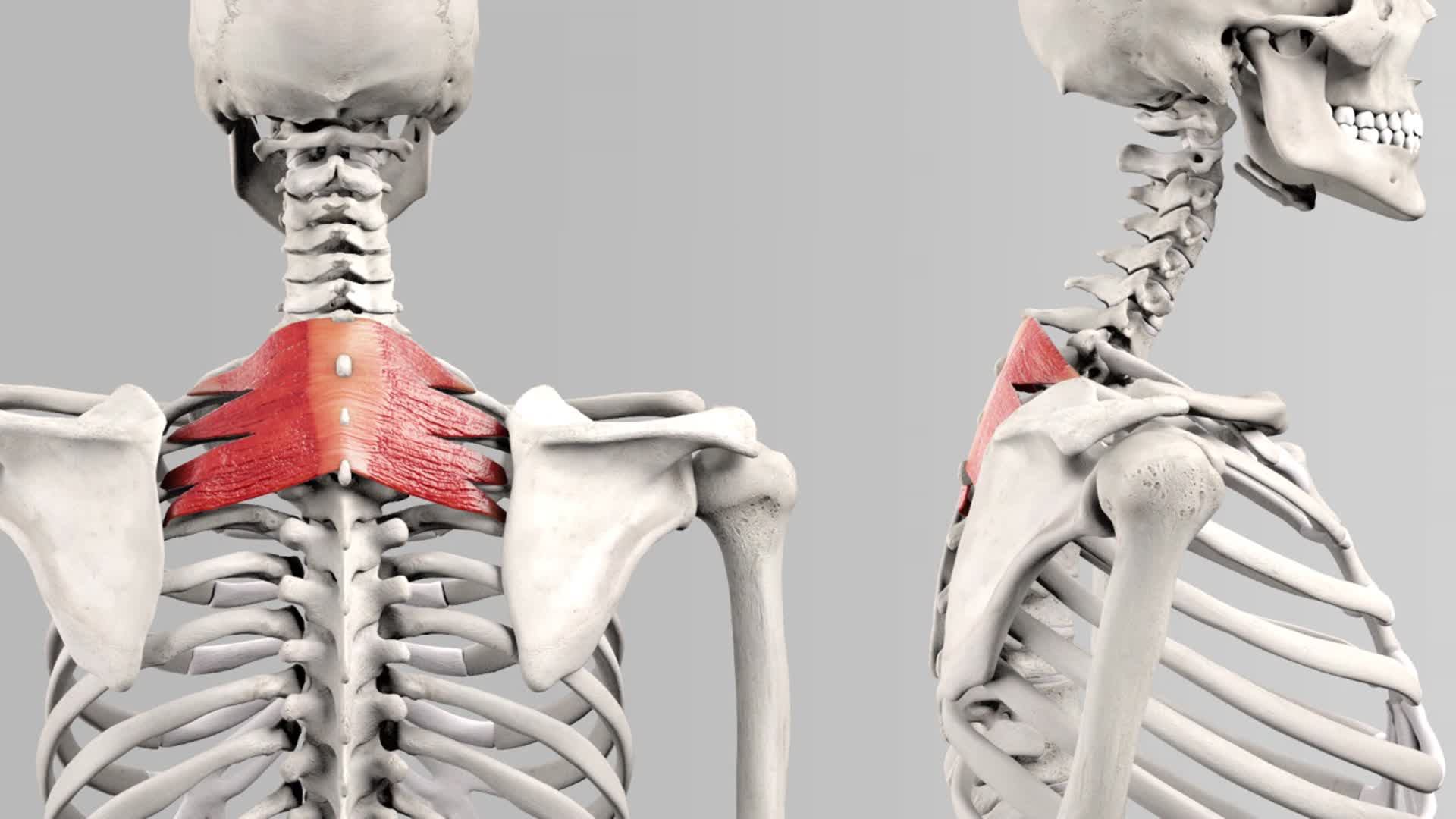
Musculus serratus posterior superior DocCheck
The serratus posterior superior is a thin rectangular-shaped muscle located in the upper back between the cervical and thoracic regions of the spine.It lies deep to the rhomboid muscles and extends between the vertebrae and ribs.The serratus posterior superior is smaller than the inferiorly located serratus posterior inferior.

Serratus Posterior Muscles Location and Action
The serratus posterior superior muscle originates from the: - inferior end of the nuchal ligament; - spinous processes of the seventh cervical and first to third thoracic vertebrae; - adjacent supraspinous ligaments.

Posterior Superior Serratus Muscle Human Anatomy Kenhub YouTube
Last modified: 23 November 2023. The serratus posterior superior is one of the two muscles within the intermediate group of extrinsic back muscles, the other being the serratus posterior inferior. It is a thin, rectangular shaped muscle which les just deep to the rhomboid major and rhomboid minor. These two thin muscles lie deep to the.

Serratus posterior superior muscle, illustration Stock Image F025/7282 Science Photo Library
Description We have two serratus muscles the most common one that we all know serratus anterior muscle another less common one is serratus posterior muscle. Serratus posterior muscle is intermediate layer of back muscles consists of serratus posterior superior and serratus posterior inferior. Origin serratus posterior superior
:watermark(/images/watermark_only.png,0,0,0):watermark(/images/logo_url.png,-10,-10,0):format(jpeg)/images/anatomy_term/musculus-serratus-posterior-superior/Z2ldzJ2XeJWZ63SiJN0coQ_810_M._serratur_posterior_superior_FKT_Korrektur2-1.png)
Serratus posterior muscles Anatomy,function, innervation Kenhub
Serratus posterior muscles are thin intermediate muscles that lie deep in the superficial muscles. They are present in pairs and located above the intrinsic back musculature. There are two types:.
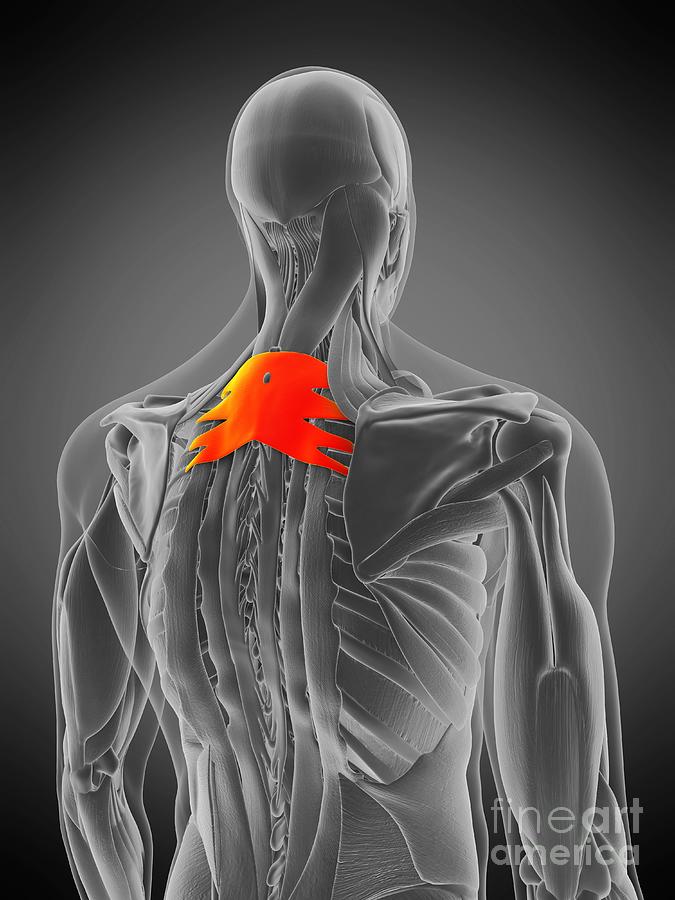
Serratus Posterior Superior Muscle Photograph by Sebastian Kaulitzki/science Photo Library Pixels
The serratus posterior superior helps to elevate the upper ribs during inhalation. The serratus posterior inferior, inversely, helps to draw the lower ribs downward and backward during exhalation. Serratus Posterior Attachments Both muscles attach to various ribs and parts of the spine. Images from Muscle Premium.

Serratus Posterior Superior Origin, Insertion, Action The Wellness Digest
The serratus posterior superior (Latin: musculus serratus posterior superior) is a broad rectangular-shaped muscle of the back that is located in the upper back between the cervical and thoracic regions. It lies deep to the rhomboid muscles. The serratus posterior superior extends between the vertebrae of the spine and ribs of the thorax.
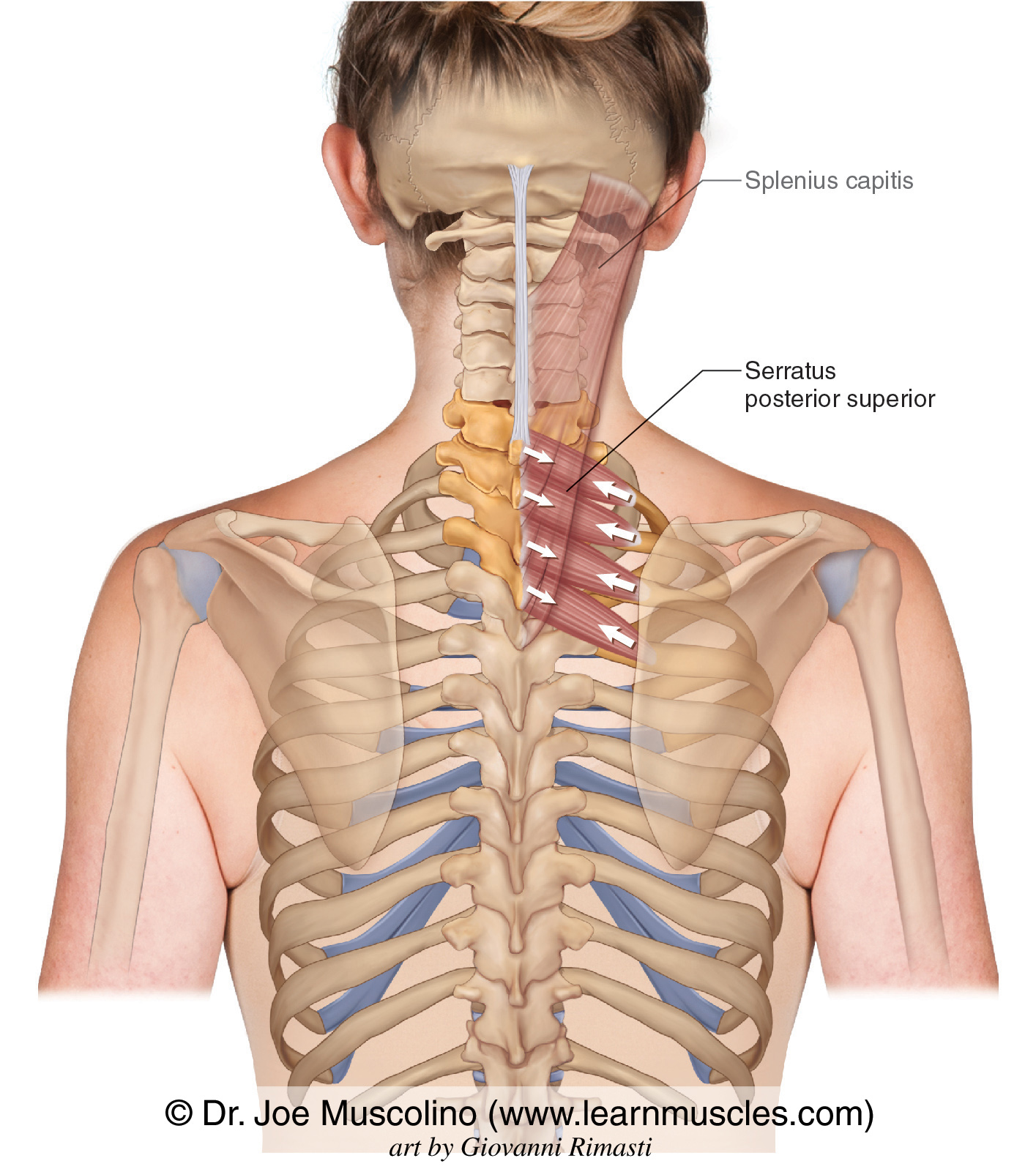
Serratus Posterior Superior Learn Muscles
In classical anatomy textbooks the serratus posterior superior muscle was said to elevate the superior four ribs, thus increasing the AP diameter of the thorax and raising the sternum. However, electromyographic and other studies do not support its role in respiration. In order to help resolve this controversy and provide some insight into their possible functionality, the present study aimed.